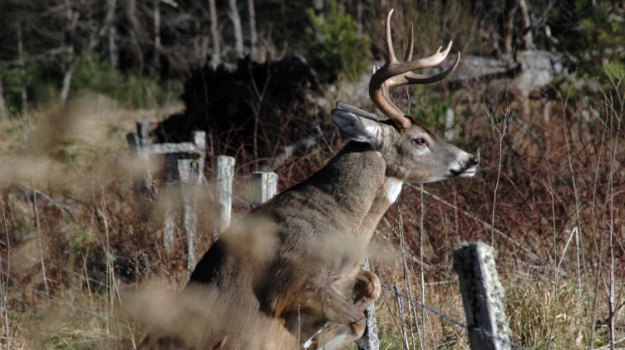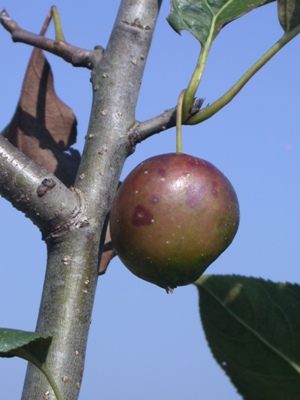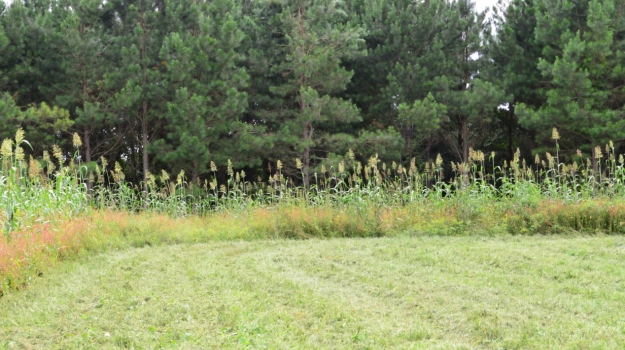
Editor’s Note: Jesse Raley is the marketing manager for Mossy Oak’s Nativ Nurseries. Good wildlife management and increasing wildlife on the properties you own or hunt on involves much more than just planting green fields. To have more wildlife on your property, consider planting fruit trees and nut trees and various types of grasses and shrubs that produce food and cover for wildlife. We’ve asked Raley to tell us why we need to consider planting trees, shrubs and native grasses to increase food and habitat for wildlife. By starting now, you can decide where and when to plant additional food and habitat for this fall.
We select fruit trees for specific sections of the country that drop their fruit at different times of the year, just like the oak trees drop their acorns at different times of the year. We try to select some fruit trees that drop their fruit in mid-to-late summer, others in the early fall and yet other varieties that continue to drop fruit in December and January. For instance, we may suggest a Chickasaw plum that drops fruit in the late summer. A Mexican plum drops fruit in the early fall. Crabapples start dropping in early fall, and wild mulberry drops its fruit in early November. Then we can mix in blackberries and pears too.
 Ideally the best place to plant your fruit and nut trees are near to or adjacent to green fields. This way, the deer can come to one location and have a variety of foods on which to feed. Then they have a place to feed all year long, when you combine fruit and nut trees with green field plantings. For instance, on a 1-acre food plot, I recommend planting at least three types of fruit trees to get good pollination and at least five to seven oak trees around the 1-acre food plot.
Ideally the best place to plant your fruit and nut trees are near to or adjacent to green fields. This way, the deer can come to one location and have a variety of foods on which to feed. Then they have a place to feed all year long, when you combine fruit and nut trees with green field plantings. For instance, on a 1-acre food plot, I recommend planting at least three types of fruit trees to get good pollination and at least five to seven oak trees around the 1-acre food plot.
To get the maximum benefit from your fruit and nut trees around a 1-acre food plot, make sure you know from which direction the prevailing wind is most likely to blow. If you’re putting a tree stand or a ground blind on the south side of your 1-acre-food plot, you probably want to plant nut and fruit trees on the north side of your food plot, if the dominant wind blows from the north in the fall and winter. If the dominant wind direction in the fall and the winter in the area where you live comes from the northwest, then this side of the green field is where you need to plant fruit and nut trees. Place your tree stand or ground blind on the northeast side of the green field, so, you’ll have a favorable wind when the trees are dropping their fruit and nuts.
If a customer sends us a diagram of his or her green field with the compass points – north, south, east and west on that green field, then we’ll be more than happy to suggest where they may want to consider planting their trees. Also, on the diagram, they need to show us or tell us from which direction the dominant wind comes in the fall and the winter.
You can learn more about planting, fertilizing, protecting and watering seedlings by looking at the how-to videos on Nativ Nurseries’ YouTube page.
Day 2: Plant a Variety of Trees to Improve Your Property for Wildlife






























